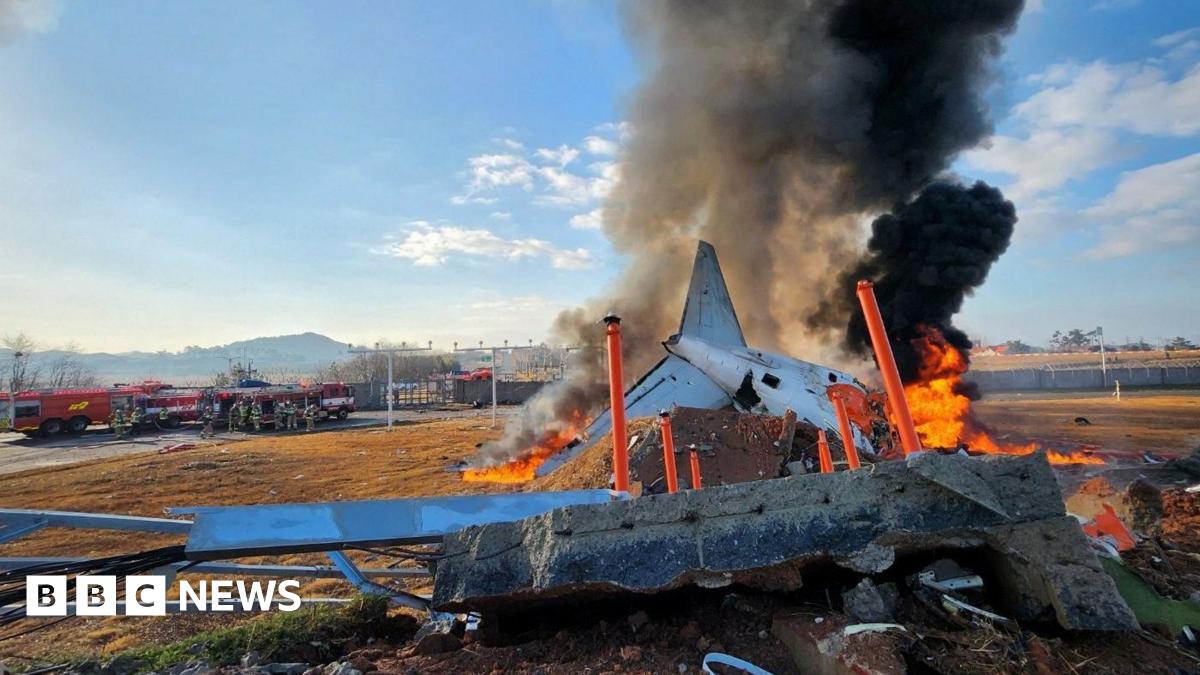
China Hits EV Target 10 Years Early, Still Hasn’t Reached 2020 Nuclear Target
On October 27th of 2020, the China Society of Automotive Engineers laid out a roadmap for how the country was going to achieve 50% of all cars sold in 2035 being fully electric, plug-in hybrid, or hydrogen, with 95% of them of course being fully electric. Per projections from HSBC, UBS, Morningstar, and Wood Mackenzie, that’s actually going to happen in 2025, a full decade early, with of course hydrogen cars at perhaps 0.02%, approaching zero.
Meanwhile, the nuclear capacity target for 2020 was 58 GW and the country is currently sitting at 56.9 GW per the World Nuclear Association. One of these things is not like the other, one of these things is not the same.
As I gear up for my now annual comparison of the pace of renewables in China vs. the pace of nuclear, something I’ve been publishing on since 2014 and which was included in the best-selling business book How Big Things Get Done by authors Bent Flyvbjerg and Dan Garder in 2023 because it was so resonant with their “What’s Your Lego?” chapter, news of the EV target being crushed caused me to do a check on its nuclear progress.
This is par for the course for China’s real decarbonization efforts, as the country surpassed its 2020 renewable energy targets while not meeting its nuclear targets. The nation’s wind energy capacity reached 281 GW, far exceeding the target of 210 GW. Solar power saw even more dramatic growth, with installed capacity soaring to 253 GW, well above the 105 GW goal. Hydropower, a long-standing pillar of China’s renewable energy strategy, also surpassed expectations, achieving approximately 370 GW compared to the target of 350 GW.


























